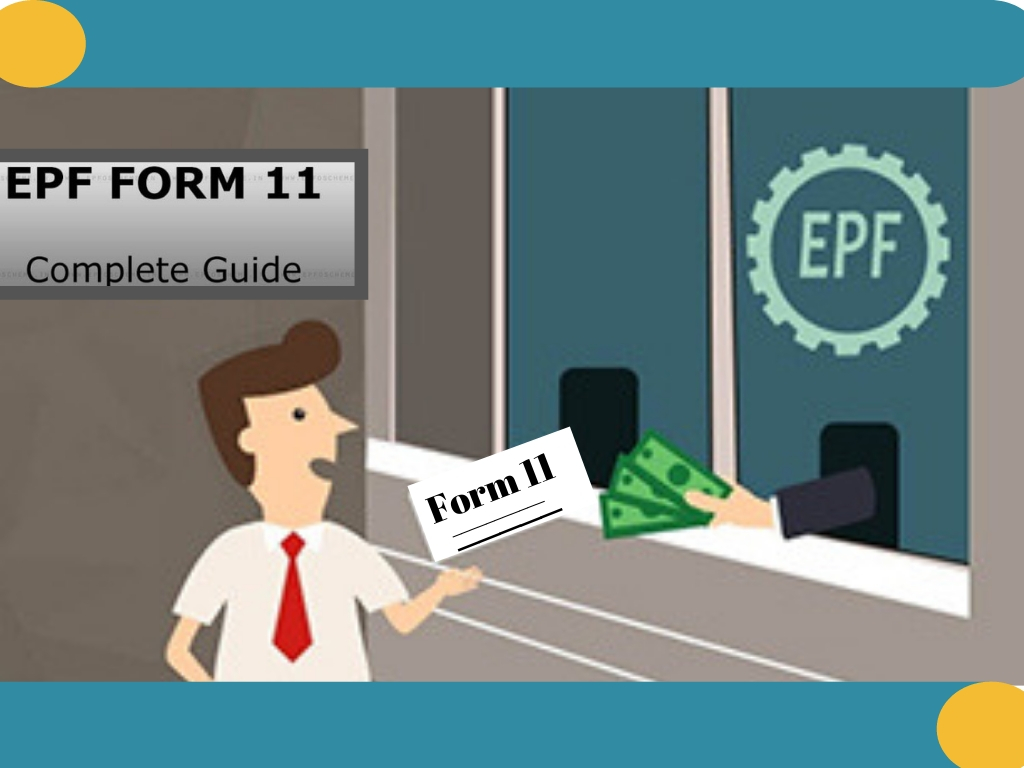The Insolvency and Bankruptcy Code (IBC) is a comprehensive framework designed to address insolvency and bankruptcy issues in India. Enacted in 2016, the IBC aims to consolidate and amend the laws relating to reorganization and insolvency resolution of corporate persons, partnership firms, and individuals. This blog explores the key features of the Insolvency and Bankruptcy Code and the specific role of a personal guarantor under IBC.
Key Features of the Insolvency and Bankruptcy Code
The Insolvency and Bankruptcy Code was established to provide a time-bound process for resolving insolvency. Here are the main features:
- Single Law Framework: The IBC consolidates various laws related to insolvency and bankruptcy, providing a single, unified framework.
- Time-Bound Resolution: The code mandates a resolution process to be completed within 180 days, extendable by 90 days, ensuring swift resolution of cases.
- Insolvency Professionals: The IBC introduces licensed insolvency professionals to manage the resolution process, ensuring professional and unbiased management.
- Adjudicating Authorities: The National Company Law Tribunal (NCLT) for corporates and the Debt Recovery Tribunal (DRT) for individuals are the adjudicating authorities under the IBC.
- Creditor-In-Control Model: Unlike earlier frameworks, the IBC places creditors in control of the insolvency resolution process, ensuring their interests are prioritized.
Role of a Personal Guarantor Under IBC
A personal guarantor under IBC is an individual who provides a guarantee for the repayment of a loan taken by a corporate debtor. The role and responsibilities of personal guarantors are crucial in the context of the Insolvency and Bankruptcy Code.
- Definition and Liability: A personal guarantor is an individual who guarantees the repayment of a loan or debt taken by a corporate entity. If the corporate debtor defaults, the personal guarantor is liable to repay the debt.
- Legal Framework: The inclusion of personal guarantors under the IBC ensures that creditors can initiate insolvency proceedings against them independently of the corporate debtor.
- Initiation of Insolvency: Creditors can file an application for initiating insolvency resolution against personal guarantors in the event of default. This provides an additional avenue for debt recovery.
- Adjudication: The Debt Recovery Tribunal (DRT) handles insolvency cases involving personal guarantors, ensuring a specialized and efficient adjudication process.
- Moratorium: Upon admission of an insolvency application against a personal guarantor, a moratorium is imposed, halting all legal proceedings and providing a breathing space for resolution.
The Process for Personal Guarantors Under IBC
The process for initiating insolvency against a personal guarantor under IBC involves several steps:
- Filing the Application: Creditors or debtors can file an application with the DRT to initiate insolvency proceedings against a personal guarantor.
- Admission of the Application: The DRT examines the application and, if satisfied, admits it, initiating the insolvency resolution process.
- Appointment of a Resolution Professional: A resolution professional is appointed to manage the insolvency process. They assess the guarantor’s assets and liabilities.
- Resolution Plan: The resolution professional prepares a resolution plan, which can include restructuring the guarantor’s debts. This plan must be approved by the creditors.
- Approval and Implementation: Once the resolution plan is approved by the creditors and the DRT, it is implemented to resolve the insolvency.
Benefits of Including Personal Guarantors Under IBC
Including personal guarantors under the Insolvency and Bankruptcy Code offers several benefits:
- Enhanced Debt Recovery: Creditors have an additional avenue to recover debts, improving overall recovery rates.
- Accountability: Personal guarantors are held accountable for their guarantees, promoting responsible lending and borrowing practices.
- Comprehensive Resolution: The inclusion of personal guarantors ensures a holistic approach to insolvency resolution, addressing both corporate and individual liabilities.
- Deterrent Effect: The potential for personal insolvency proceedings acts as a deterrent against default, encouraging timely repayment of debts.
The Role of Professionals in Managing Insolvency for Personal Guarantors
Professional services play a crucial role in managing insolvency proceedings for personal guarantors under IBC. Experts provide:
- Advisory Services: Offering legal and financial advice to navigate the complexities of insolvency proceedings.
- Documentation and Filing: Assisting in the preparation and filing of necessary documents to initiate insolvency proceedings.
- Resolution Planning: Developing effective resolution plans that balance the interests of creditors and guarantors.
- Mediation and Negotiation: Facilitating negotiations between creditors and guarantors to achieve amicable resolutions.
Conclusion
The Insolvency and Bankruptcy Code is a transformative framework that addresses insolvency and bankruptcy comprehensively. The inclusion of personal guarantors under IBC enhances the code’s effectiveness, providing creditors with additional avenues for debt recovery and ensuring accountability. By understanding the role of personal guarantors and the process involved, stakeholders can navigate the insolvency landscape more effectively. Engaging professional services ensures that the process is managed efficiently, leading to favorable outcomes for all parties involved. The IBC continues to evolve, strengthening India’s financial ecosystem and promoting a culture of responsible borrowing and lending.



